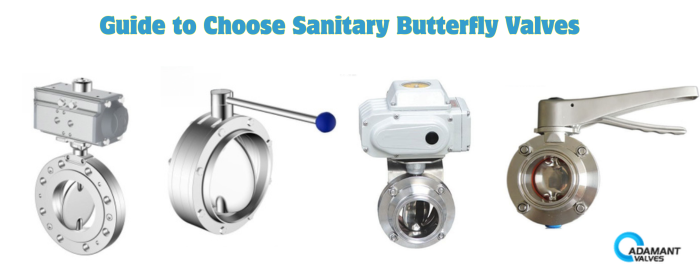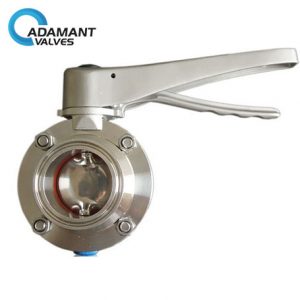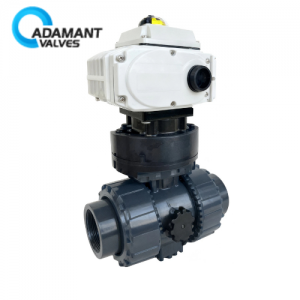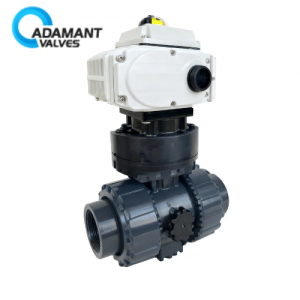Guide to Choose Sanitary Butterfly Valves

Sanitary butterfly valves are key parts in fluid control systems. They are widely used in industries with strict hygiene needs, like food, beverage, pharma, biotech, and cosmetics. These valves help control fluid flow accurately while keeping the product safe from contamination. Picking the right type and size is very important. It affects how well the production line runs, how safe the product is, and whether it meets regulations.
1. Size
Size is the first to consider. These sanitary butterfly valves come in many different sizes to fit with different pipes. 1/2″, 1″, 2″, 3″, 4″, and 6″ are common sizes. Think about what type of fluid, how much flow, and what’s your pipes’ layout when you choose one. A good fit means better flow and less clogging.
You also need to select the right type of connection. The most prevalent ones are:
| Connection type | Features |
| Tri-Clamp | Easy to break apart and clean. Most commonly used. |
| Butt Weld | Durable, leak-proof. Ideal for high pressure and temperature. |
| Threaded | Plain, low pressure. Harder to clean. |
There is a general correspondence between DN and NPS.
| NPS | DN |
| 1/2″ | DN15 |
| 3/4″ | DN20 |
| 1″ | DN25 |
| 2″ | DN50 |
| 4″ | DN100 |
| 6″ | DN150 |
| 12″ | DN300 |

2. Material
The material affects how long the valve lasts and if it meets the rules. Most valves are made of 316L stainless steel. It doesn’t rust easily. 304 stainless steel is also used where standards are lower. Both are easy to clean and follow FDA and GMP standards.
3. Sealing Performance
A good seal means a better valve. Seals are often made of EPDM, silicone, or fluorocarbon rubber. These materials provide effective sealing under high-temperature, low-temperature, and corrosive conditions. Double or triple eccentric designs can further reduce friction, extend service life, and ensure leak-free operation.
4. Operation Type
Sanitary butterfly valves can be actuated manually, pneumatically, or electrically, depending on the process. Manual operation is appropriate for small-scale operations or intermittent operations; Pneumatic and electric operation is most suitable for automated production lines that require fast response and remote operation for more efficiency and safety.
5. Certifications and Standards
Ensure that the valve is an industry standard and has the necessary sanitary certificates. It is important for regulatory compliance. Especially in food-grade and pharmaceutical applications, every component of the valve must be of high hygiene standards.
Key Certifications:
- 3-A Sanitary Standards: Validates that equipment is complying with hygienic design requirements.
- FDA Certification: Validates materials comply with food contact requirements.
- USDA Authorization: Complies with meat and poultry processing equipment requirements.
- EHEDG Certification: Complies with European hygienic engineering design standards
Conclusion
Picking a sanitary butterfly valve involves many factors. Start by knowing what you need: type of fluid, temperature, pressure. Then choose the size and connection type. Pick a material that won’t rust and is approved.
A good seal keeps your product safe. Choose how you want to operate the valve: by hand or automatic. Always check that it has the right certifications.
It is recommended to work closely with Adamant Valves, providing detailed process parameters to receive tailored product recommendations.




